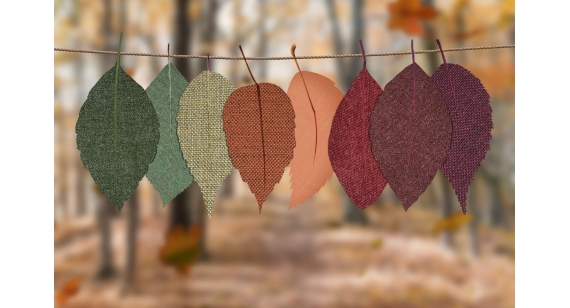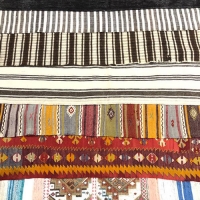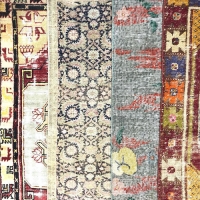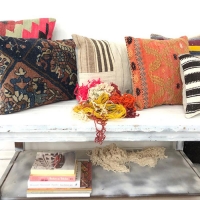
FEELINGS REFLECTED BY CARPETS
The need for carpets has increased in the settlements after the nomadic and equestrian life. For various purposes, there are a number of works in the world of carpet weaving that have earned a reputation in world history. For centuries, societies have reflected these issues in weavings, even to enshrine their lifestyle, their beliefs, their love of nature, their traditions, their customs, their laws, their laws of justice, and their value in their lives. For example, in carpet and kilim weaving, these feelings are more effective in certain periods.
Neither the nomadic nor the settled societies maintained everything they considered righteous in their community for centuries. They have been further refined by reflecting these on their lifestyles and their work. For example, the motifs they use in kilim and carpet weaving have been caused by their way of life. That is why some societies continue to use the motifs and symbols they deem valuable after they have been fully built. There are many good examples of Asia, including Europe and the Americas. The societies living the nomadic life have reflected the importance of these figurative and geometric motifs in the architectural works they made wherever they go, reflecting the figures of animal figures on carpets and kilims. Among the animal figures, symbols such as lion, eagle and dragon have come to the fore in certain periods. These are depicted in realistic figures by stylizing them in places. It reflects the feelings about the tree of life and the star motif, which are frequently used on architectural works, in carpets and rugs, which are important in the beliefs of society and in the understanding of life.
It is not surprising that the figures, which were processed on some architectural works in some periods, were seen in carpets and rugs as part of the hand-woven arts. In the context of handicrafts, styles that are reflected on carpets and rugs were processed. In addition, these motifs, which are visualized on everyday objects, are expressed in the weavings by using the sense of what they mean to society. For this purpose, the cultural identity of the architectural or woven artworks left from the ancestors is stated in every platform. In this context, societies with historical backgrounds, who are excited about the historical texture of their past and who are aware of the fact that past cultures are a part of contemporary life, have always protected the works of art. Therefore, it is necessary to protect works of art such as carpets and rugs from the past.



